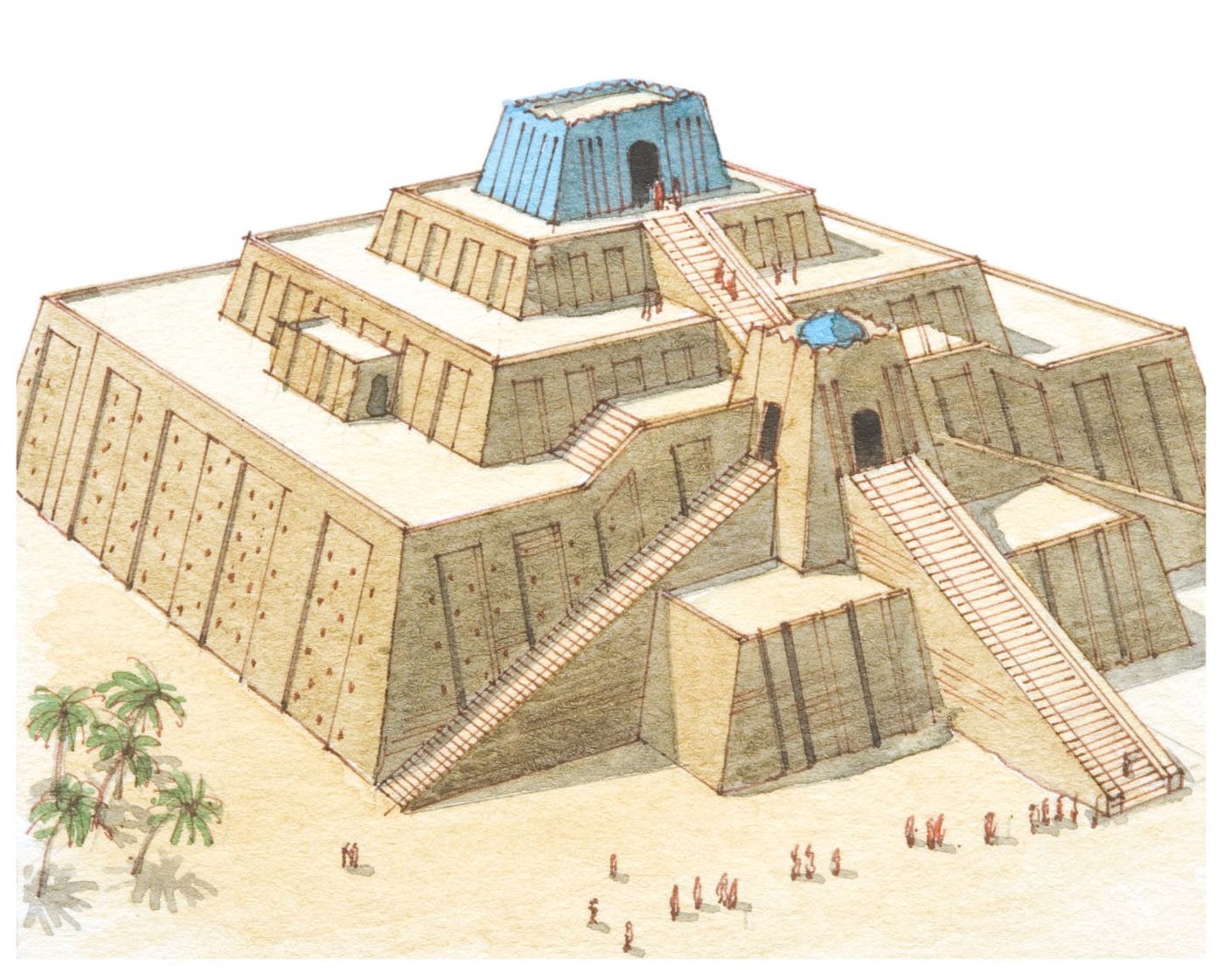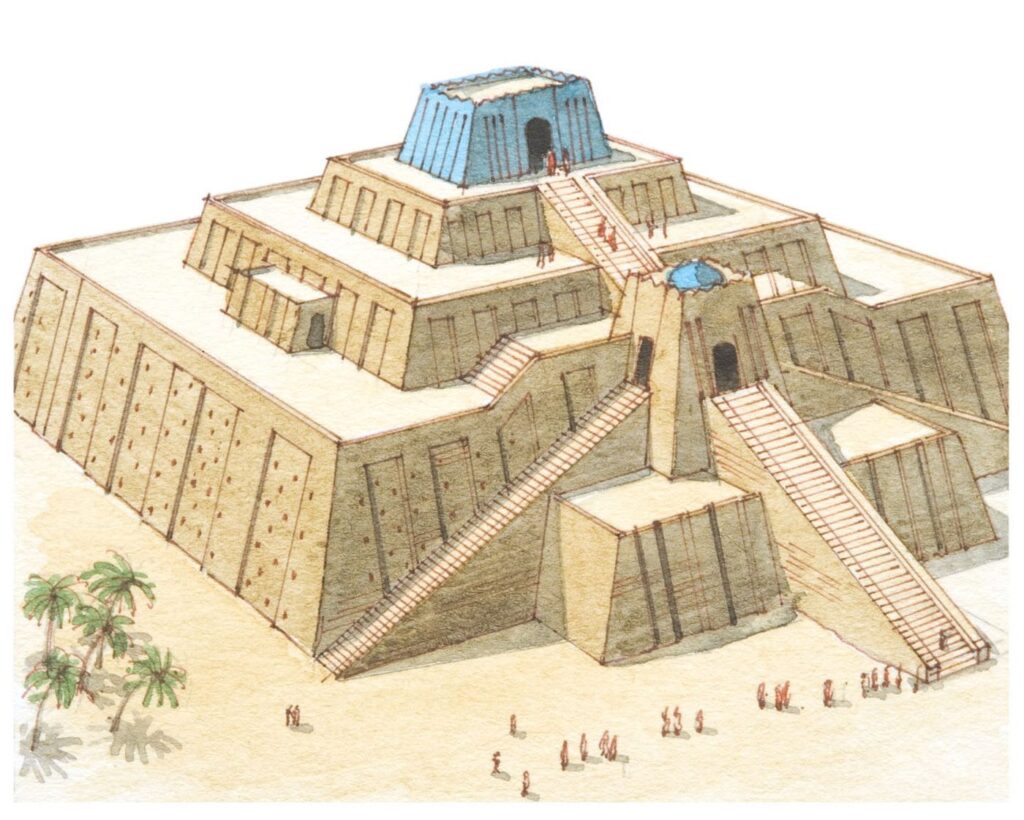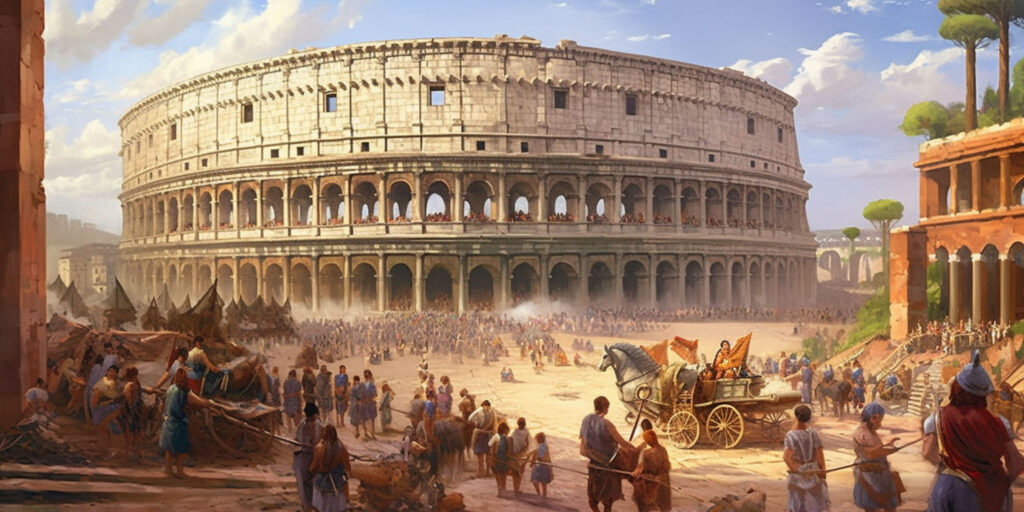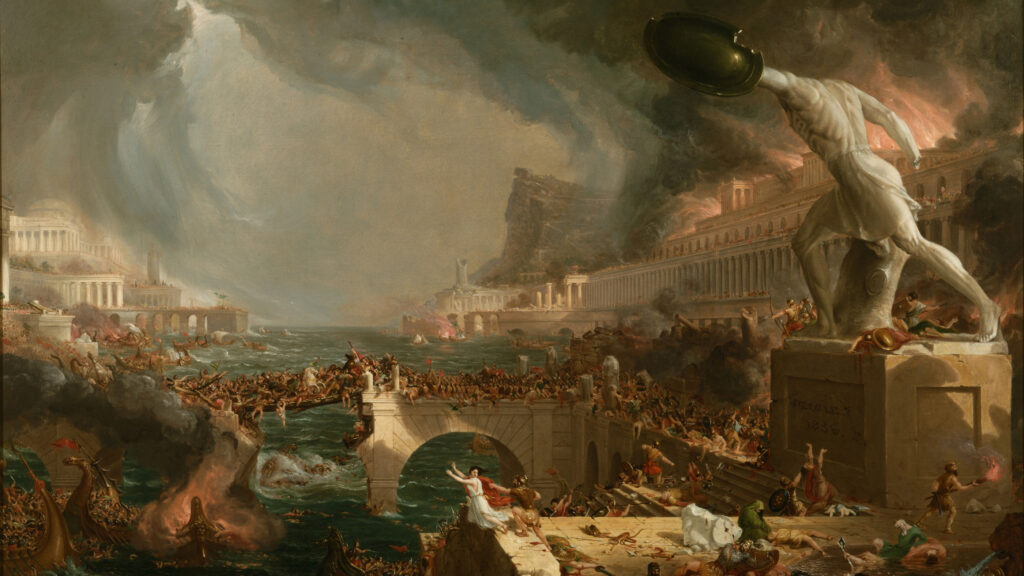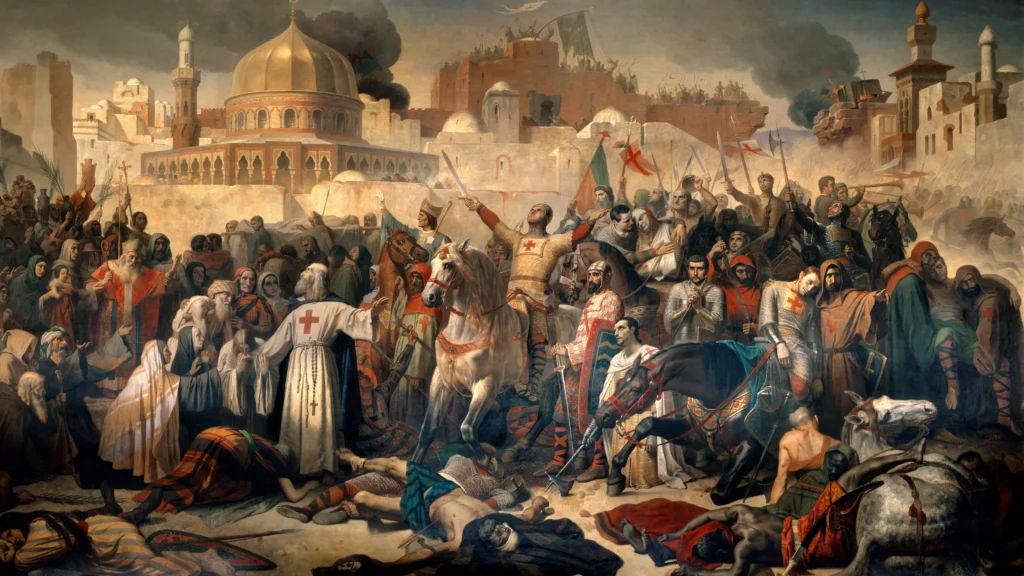

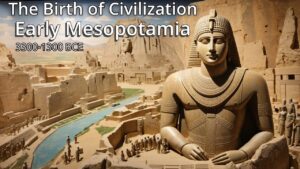
The Birth of Civilizations: Mesopotamia
Introduction
Mesopotamia, often referred to as the “Cradle of Civilization,” is one of the earliest regions where complex societies emerged. Located between the Tigris and Euphrates rivers in modern-day Iraq, Mesopotamia saw the development of cities, writing, law, and numerous technological advancements. This article explores the rich history, geography, culture, and legacy of Mesopotamia in a way that is accessible to all readers.
Geography and the Fertile Crescent
The Land Between Two Rivers
Mesopotamia, derived from the Greek words meaning “land between rivers,” is situated between the Tigris and Euphrates rivers. This region, part of the larger Fertile Crescent, provided fertile land for agriculture due to the silt deposited by the rivers. The abundance of water and fertile soil made it an ideal location for the development of early agricultural communities.
Natural Resources and Trade
Mesopotamia had few natural resources such as stone, wood, and metals, which led to the development of extensive trade networks. The people of Mesopotamia traded surplus crops and crafts for materials like timber from the Levant, metals from Anatolia, and stones from Iran. This trade facilitated cultural exchange and economic prosperity.
Early Settlements and the Rise of City-States
Prehistoric Mesopotamia
Human habitation in Mesopotamia dates back to prehistoric times, with evidence of early settlements around 10,000 BCE. These early communities practiced agriculture and animal husbandry, gradually transitioning from nomadic lifestyles to settled farming. The development of irrigation systems allowed for more reliable crop production, supporting larger populations.
The Emergence of City-States
By around 3500 BCE, the first city-states emerged in southern Mesopotamia. Cities like Uruk, Ur, and Eridu became centers of political, economic, and cultural life. Each city-state was a self-governing entity, often ruled by a king who was seen as a representative of the gods. These cities had complex social hierarchies, monumental architecture, and sophisticated administrative systems.
The Invention of Writing and Record-Keeping
Cuneiform Script
One of Mesopotamia’s most significant contributions to civilization was the invention of writing. Around 3200 BCE, the Sumerians developed cuneiform script, a system of writing using wedge-shaped marks on clay tablets. Initially used for record-keeping and administrative purposes, cuneiform eventually recorded literature, laws, and scientific texts.
The Epic of Gilgamesh
The Epic of Gilgamesh, one of the earliest known works of literature, was written in cuneiform. This epic poem tells the story of Gilgamesh, a legendary king of Uruk, and his quest for immortality. It reflects the values, beliefs, and concerns of Mesopotamian society and provides insights into their understanding of life and the afterlife.
The Sumerian Civilization
The Sumerians and Their Achievements
The Sumerians, who settled in southern Mesopotamia, are credited with many firsts in human history. They built the first cities, developed the earliest form of writing, and made significant advancements in mathematics, astronomy, and law. Sumerian city-states like Ur, Uruk, and Lagash were centers of innovation and culture.
Sumerian Religion and Society
Sumerian society was deeply religious, with a pantheon of gods and goddesses who controlled various aspects of life and nature. Temples, known as ziggurats, were the centers of religious and economic activity. Sumerians believed that maintaining the favor of the gods was essential for the prosperity of their city-states.
The Akkadian Empire
Sargon of Akkad
Around 2334 BCE, Sargon of Akkad established the Akkadian Empire, creating the world’s first known empire. Sargon conquered the Sumerian city-states and extended his rule over much of Mesopotamia. The Akkadian Empire brought about a unification of cultures and further advancements in administration, military strategy, and art.
The Decline of the Akkadian Empire
The Akkadian Empire lasted for about two centuries before declining due to internal strife, invasions, and environmental factors. The collapse of the empire led to a period of chaos and the eventual rise of new powers in the region, including the Amorites and the Babylonians.
The Babylonian Civilization
Hammurabi and His Code
One of the most famous rulers of Babylon was Hammurabi, who reigned from 1792 to 1750 BCE. Hammurabi is best known for his code of laws, one of the earliest and most complete legal codes in history. The Code of Hammurabi established laws and justice practices that influenced legal systems in subsequent civilizations.
Babylonian Achievements
Babylon became a center of learning and culture under Hammurabi and subsequent rulers. The Babylonians made significant contributions to mathematics, astronomy, and literature. The city of Babylon itself was renowned for its impressive architecture, including the Hanging Gardens, one of the Seven Wonders of the Ancient World.
The Assyrian Empire
The Rise of Assyria
The Assyrian Empire, emerging around the 14th century BCE, became one of the most powerful empires in Mesopotamia. Known for their military prowess and administrative efficiency, the Assyrians conquered vast territories, extending their control over much of the Near East.
Assyrian Contributions
The Assyrians are noted for their contributions to art, architecture, and learning. The capital city, Nineveh, housed a great library collected by King Ashurbanipal, containing thousands of clay tablets with literary and scientific texts. Assyrian reliefs, depicting scenes of battle and daily life, provide valuable insights into their culture and society.
The Neo-Babylonian Empire
Nebuchadnezzar II
The Neo-Babylonian Empire, also known as the Chaldean Empire, rose to prominence in the 7th century BCE. Its most famous ruler, Nebuchadnezzar II, is credited with the construction of the Hanging Gardens of Babylon and the renovation of the city’s walls and temples.
Cultural Renaissance
The Neo-Babylonian period was marked by a cultural renaissance, with advancements in astronomy, mathematics, and literature. Babylonian scholars made significant contributions to our understanding of the stars and planets, and their work laid the groundwork for future scientific developments.
Society and Daily Life in Mesopotamia
Social Structure
Mesopotamian society was hierarchical, with kings and priests at the top, followed by merchants, artisans, and farmers. Slaves, often captured in war or indebted, formed the lowest social class. This social structure ensured the smooth functioning of the state and the continuity of Mesopotamian civilization.
Daily Life
Daily life in Mesopotamia varied based on social status. Farmers worked the fields, while artisans crafted goods and merchants traded. Homes ranged from simple mud-brick structures to elaborate multi-room houses for the wealthy. Religion played a central role in daily activities, with rituals and offerings made to the gods to ensure prosperity and protection.
Religion and Beliefs
Pantheon of Gods
Mesopotamians worshipped a pantheon of gods who controlled various aspects of the natural and human world. Key deities included Anu (sky god), Enlil (god of air), and Ishtar (goddess of love and war). Temples were the centers of religious life, where priests conducted rituals to appease the gods.
Myths and Legends
Myths and legends were an integral part of Mesopotamian culture, explaining natural phenomena and human experiences. Stories like the Enuma Elish (the creation epic) and the Epic of Gilgamesh reflect the Mesopotamians’ beliefs about the world’s creation, the role of gods, and the quest for immortality.
Achievements in Science and Technology
Astronomy and Mathematics
Mesopotamians made significant advancements in astronomy and mathematics. They developed a base-60 (sexagesimal) number system, which is the basis for our 60-minute hour and 360-degree circle. Their observations of the stars and planets led to the creation of detailed astronomical charts and calendars.
Engineering and Architecture
Mesopotamian engineering and architecture were remarkable, with the construction of ziggurats, canals, and city walls. The ziggurat, a massive terraced structure, served as a temple and administrative center. These architectural feats required advanced knowledge of mathematics, materials, and labor organization.
The Decline and Legacy
The Fall of Mesopotamian Civilizations
Mesopotamian civilizations faced decline due to a combination of internal strife, invasions, and environmental changes. The fall of the Neo-Babylonian Empire to the Persians in 539 BCE marked the end of Mesopotamian dominance, but their cultural and technological contributions had already left an indelible mark on human history.
Lasting Impact
The legacy of Mesopotamia endures through its contributions to writing, law, literature, and science. The development of cities, administrative systems, and technological advancements in Mesopotamia set the foundation for future civilizations. Mesopotamian achievements in mathematics, astronomy, and engineering continue to influence modern science and technology.
Conclusion
Mesopotamia’s history is a testament to human ingenuity and the power of civilization. From the fertile banks of the Tigris and Euphrates to the grandeur of its cities, Mesopotamia’s civilization has left a lasting legacy that continues to be studied and admired. Its contributions to writing, law, science, and culture have shaped the course of human history, making Mesopotamia a true cradle of civilization.


